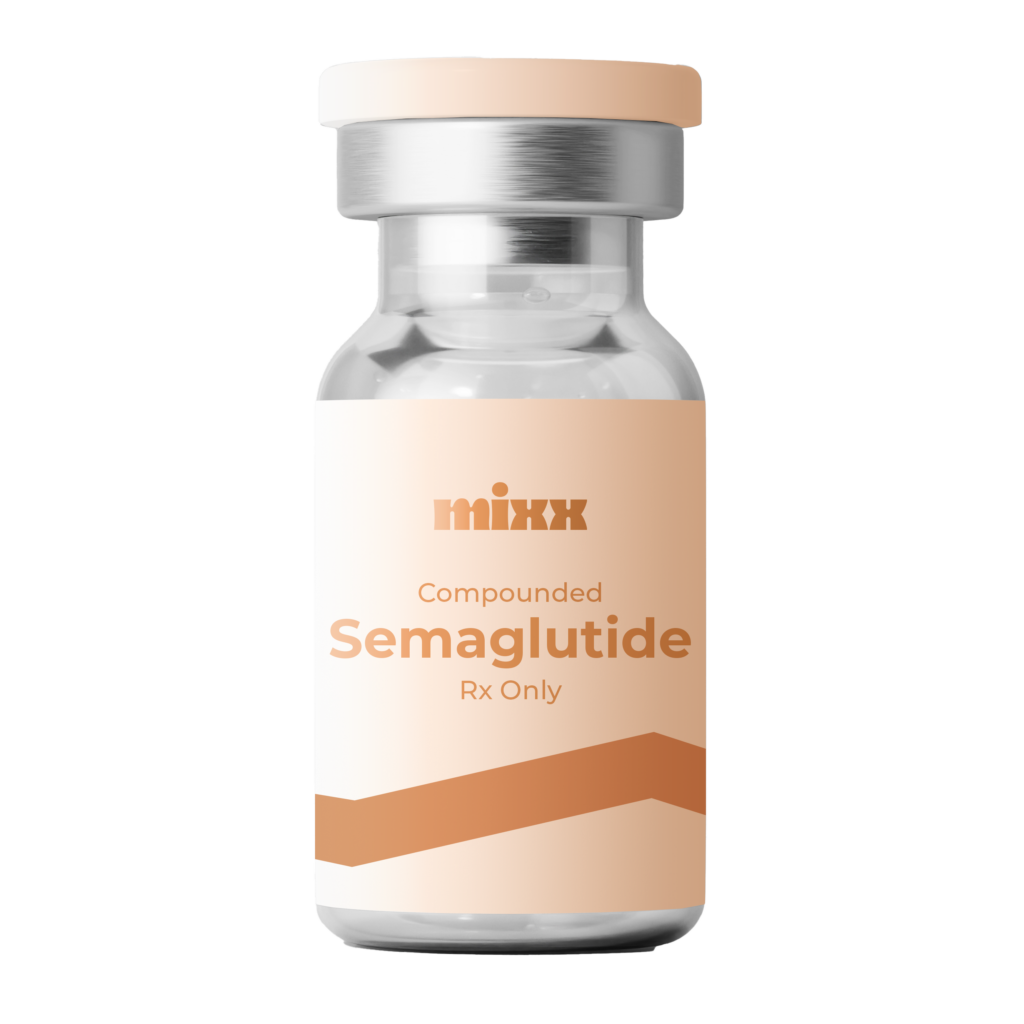Introduction to Chronic Weight Management
Chronic weight management is about more than just temporary dieting—it requires a sustainable, comprehensive plan that addresses both immediate weight loss and long-term health.
This plan typically combines a reduced-calorie diet, regular physical activity, and, in some cases, prescription weight loss injections. The goal is to achieve and maintain a healthy body mass index (BMI) to reduce the risk of serious conditions such as heart disease, kidney disease, and high blood pressure.
Healthcare providers play a key role in guiding individuals through this journey. They assess medical history, including any weight-related condition such as high blood pressure, type 2 diabetes, or high cholesterol, to determine eligibility for treatment. Providers also review a patient’s family history and personal or family history of conditions like thyroid cancer or endocrine disorders to ensure the safest treatment options, especially when considering medications such as GLP-1 receptor agonists.
At Mixx Health and Wellness, our board-certified providers create personalized treatment plans that include compounded GLP-1/GIP injections, giving patients access to effective therapies at an affordable cost.

Weight Loss Options
When it comes to losing weight, patients have multiple options—each with benefits and considerations. The primary goal of these options is to help patients lose weight and improve overall health.
For some, lifestyle changes like nutrition adjustments and exercise may be enough. For others, medications, including injectable therapies, are necessary to achieve meaningful results.
GLP-1/GIP injections stand out for their effectiveness. Clinical studies show that these medications help patients lose a significant percentage of their body weight while also improving blood sugar control.
Other options, such as injections containing botulinum toxin, have also been studied, though they are not as widely used or FDA-approved for weight loss in the same way GLP-1 medications are.
The best path forward depends on an individual’s overall health, personal goals, and medical history. That’s why consultation with a licensed healthcare provider is essential.
Types of Injections for Weight Loss
GLP-1/GIP (Tirzepatide)
Tirzepatide is a dual GLP-1/GIP receptor agonist. GIP stands for glucose-dependent insulinotropic polypeptide, which works alongside GLP-1 to enhance weight loss and blood sugar control. By targeting two hormonal pathways instead of one, tirzepatide can produce greater appetite suppression and weight loss for some patients. It also slows digestion, helping patients feel full longer and supporting long-term weight management.
Liraglutide and Dulaglutide
Other injections, including liraglutide and dulaglutide, are also available. While effective, they may not deliver the same level of weight reduction as newer dual agonist therapies like tirzepatide, which have become the preferred choice for many patients.
Patients should always discuss potential side effects, dosing schedules, and expected outcomes with their provider before starting any injectable treatment. It is also important to disclose any other medicines being taken to avoid drug interactions.

GLP-1/GIP Injections for Weight Management
GLP-1/GIP combination injections have emerged as one of the top choices for patients seeking medically guided weight loss.
These medications work by:
- Slowing digestion
- Increasing satiety
- Suppressing appetite
- Reducing overall calorie intake
The result is sustained, gradual weight loss without the constant hunger often associated with dieting. Patients using these injections may lose 15–20% of their body weight over time.
They also offer significant health benefits:
- Improved blood sugar regulation
- Reduced cardiovascular risks
- Enhanced energy and quality of life
Like any medication, there are potential side effects. Common issues include nausea, stomach discomfort, or minor injection site reactions. Rare but serious risks, such as pancreatitis or thyroid tumors, should be discussed with a healthcare provider. Allergic reactions, though rare, are possible and should be reported immediately if symptoms like swelling or trouble breathing occur.
Supervision by a licensed provider is critical for safety and optimal outcomes.
Administration and Storage
GLP-1/GIP injections are administered subcutaneously—usually in the stomach, thigh, or upper arm. Many patients prefer the stomach for ease and comfort.
Storage and handling tips:
- Keep refrigerated and out of direct light
- Do not use expired medication
- Store in original packaging until use
At Mixx Health and Wellness, our team ensures every patient is trained in proper at-home injection techniques and understands how to store and use the medication safely.
Patients should also share any supplements they’re taking, as some ingredients may affect absorption or medication effectiveness.
Handling Missed Doses
If a dose is missed, patients should take it as soon as they remember unless it’s close to the time of their next scheduled injection.
- If too close to the next dose, skip the missed one.
- Do not double up doses.
Regular dosing improves results. Patients are encouraged to set reminders and check in with their provider if they miss multiple doses.
Benefits and Considerations of Weight Loss Injections
Key Benefits:
- Significant and sustained weight loss
- Improved blood sugar control and insulin sensitivity
- Reduced cardiovascular risk
- Enhanced mobility, energy, and quality of life
- Effective for patients with high blood pressure, cholesterol, or type 2 diabetes
Important Considerations:
- Possible side effects such as nausea, vomiting, or diarrhea
- Serious but rare risks include pancreatitis or thyroid tumors
- Requires lifestyle changes like healthy eating and physical activity for long-term success
At Mixx Health and Wellness, we help every patient understand both the benefits and risks, offering support every step of the way. Licensed providers ensure treatment safety through consistent monitoring and communication.
Why Choose Mixx Health and Wellness?
Mixx Health and Wellness offers a modern, affordable approach to medical weight loss, centered around patient care.
What sets us apart:
- $0 Consultations to make getting started easy
- Unlimited Provider Check-Ins for continuous support
- Personalized Dosing tailored to each patient’s needs
- Direct-to-Door Delivery for maximum convenience
- Affordable Pricing starting at $235/month
You’re not just getting medication—you’re gaining a wellness partner committed to your long-term success.
Frequently Asked Questions
What is the best injection for weight loss in the stomach?
GLP-1/GIP combination injections are among the most effective options for weight loss.
How long does it take to lose 20 pounds with these injections?
Many patients experience weight loss of 15–30 pounds within the first 3–6 months when combined with diet and exercise.
Do fat loss injections work for the stomach area?
Yes, injections like GLP-1/GIP target overall body fat—including visceral fat in the stomach—by reducing appetite and caloric intake.
Are GLP-1/GIP injections safe?
Yes, when prescribed and monitored by a licensed provider. Patients must disclose their full medical history to ensure the safest results and minimize risks. People with a history of thyroid cancer, pancreatitis, or endocrine disorders should avoid these medications.
Can these injections interact with other medications?
Yes. It’s important to disclose all medications and supplements to your provider to avoid negative interactions or reduced effectiveness.
How common is obesity in the U.S.?
About 70% of American adults are overweight or obese, making chronic weight management a national health priority.
Conclusion
Injections like GLP-1/GIP combinations administered in the stomach are among the most effective solutions for chronic weight management. They help regulate appetite, support blood sugar control, and promote meaningful, sustained fat loss.
But these treatments are most effective when combined with lifestyle changes and guided by a qualified healthcare provider.
At Mixx Health and Wellness, our mission is to make high-quality weight loss care accessible, affordable, and personalized for each patient—because long-term health should never feel out of reach.

